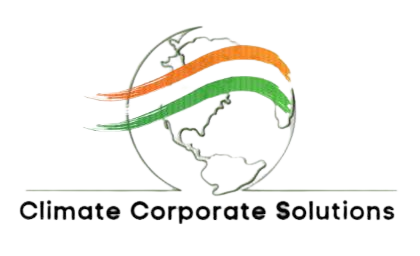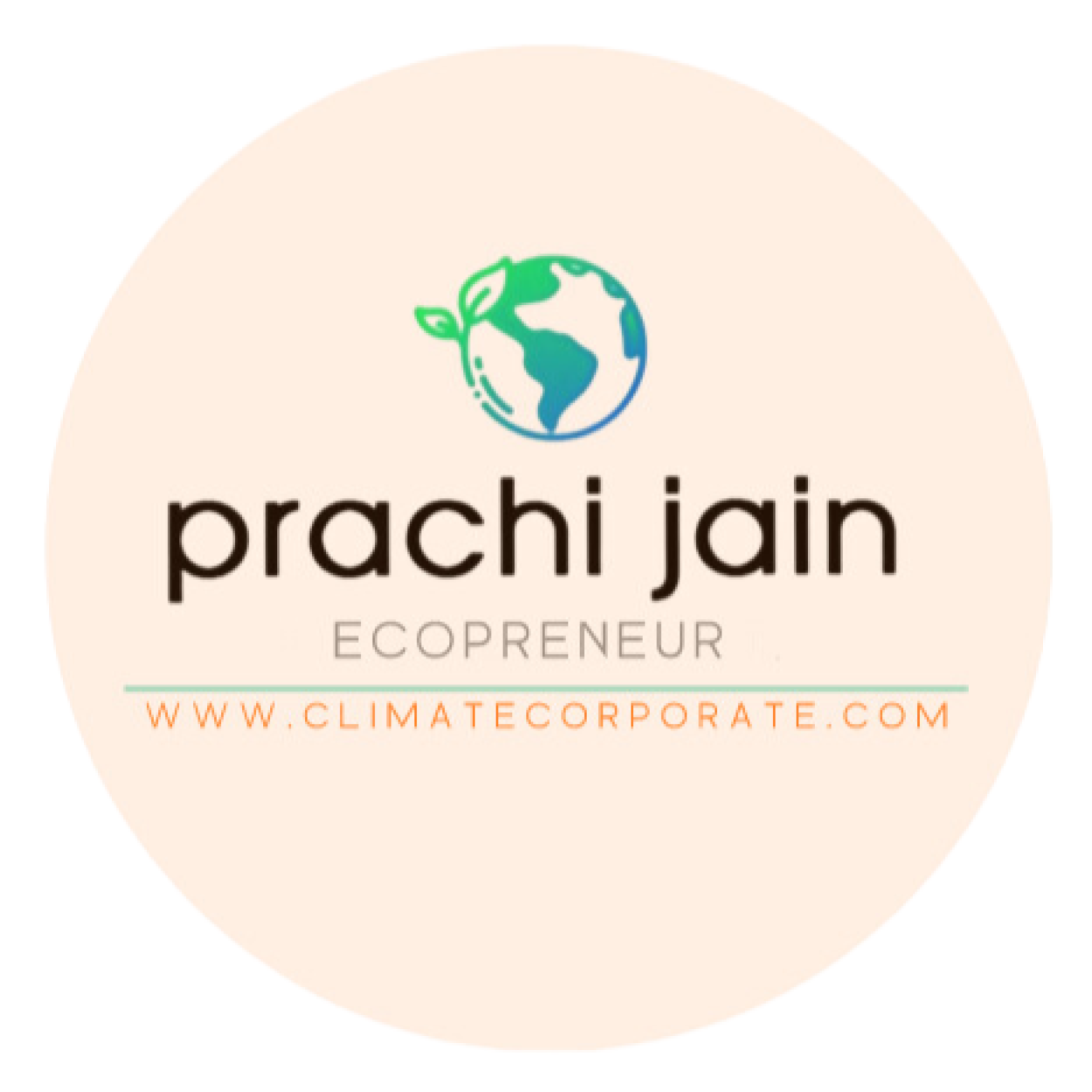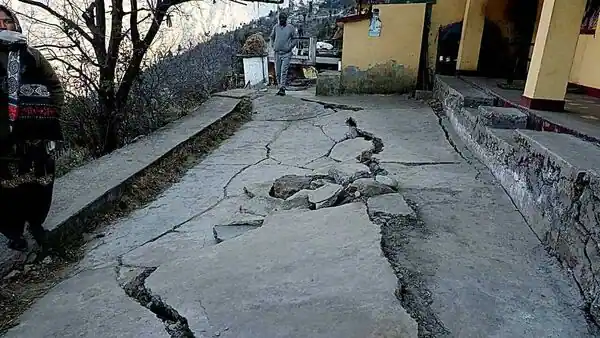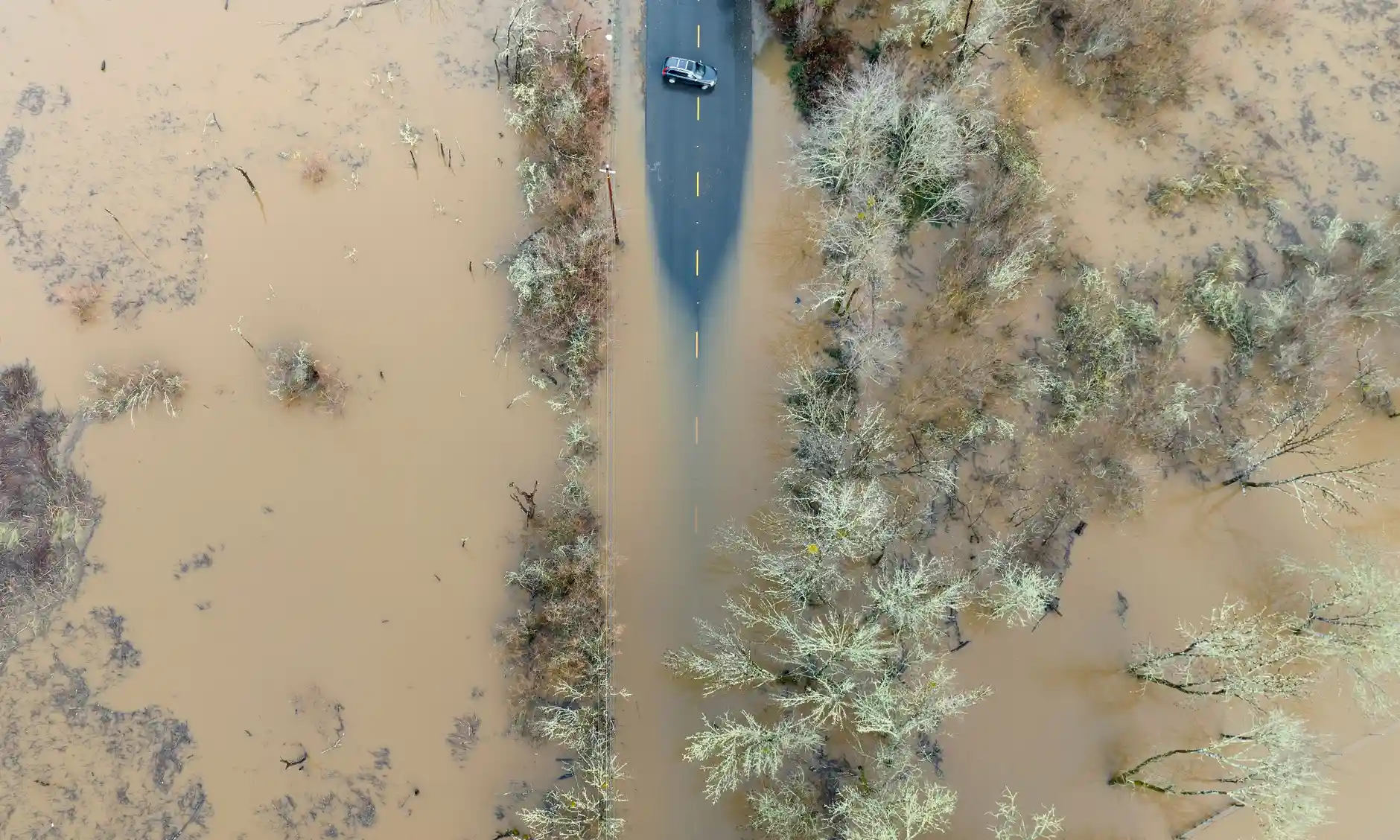
The 2030 Agenda and the Sustainable Development Goals or the SDGs are arguably one of the most ambitious global development frameworks the United Nations has ever enacted. The goals provide a blueprint for the world to fulfil the needs of societies and the planet to maintain a sustainable balance. Unlike the Millennium Development Goals (MDGs), the Sustainable Development Goals integrate environmental, economic, and social concerns. However, the challenge is realizing that the potential for transformation will require careful attention from various stakeholders.
Sadly, nations lack a way of translating the SDGs framework into meaningful and efficient Action at the national and global levels. The integrated and invisible nature of the Sustainable Development Goals (SDGs) creates a challenge for the policymakers to organize into silos represented by the various government ministries and other international agencies.
Defining the Sustainable Development Goals (SDGs)
The Sustainable Development Goals (SDGs) are a set of 17 global goals provided by the United Nations to unite global stakeholders towards achieving a better and more sustainable future for everyone. The SDGs provide a historical opportunity for international partnerships to address global challenges. Sustainable Development is defined as: “meeting the needs of the present without compromising the ability of future generations to meet their own needs.” There are 17 global goals, further structured into 169 targets to be achieved by 2030.
Evolution of the Sustainable Development Goals (SDGs)
The idea of SDGs began even before their inception in 2015. In September 2000, The United Nations Procurement Division (UNDP) gathered leaders of 189 nations to sign the historic Millenium Development Goals (MDPs), a declaration aimed towards collaboration between nations to achieve a framework of eight goals. The goals ranged from halving extreme poverty and hunger to promoting gender equality by 2015.
Although the goals established under the Millenium Development Goals were not fully met by 2015, the project was labelled as one of the most successful anti-poverty moments in history and the start of a common language to reach global Sustainability.
The Sustainable Development Goals originated from the UNDP and the same allied countries, intending to continue working towards the efforts outlined in the MDGs. However, the whole spectrum of Sustainability and sustainable development goals will be considered, and three core areas:
· People,
· Planet and
· Profit
Being authorized the Sustainable Development Goals authorized the framework for organizations, institutions, and governance to work towards a more sustainable world. The 2030 Agenda is a few years away, and we still face numerous challenges and difficulties. Being a part of and contributing towards the SDGs is critical to changing our trajectory towards a sustainable future and profitability for businesses’ short and long-term success.
The SDGs coincided with one of the historical events in Climate Action in 2015 at the COP21 Paris Climate Conference. Along with the Sendai Framework for Disaster Risk Reduction, signed in Japan in March 2015, these agreements established common standards and achievable targets to reduce carbon emissions, manage the risks of climate change and natural disasters, and build back better after any crisis.
The Sustainable Development Goals reaffirm our international commitment to end poverty permanently, everywhere. The goals are ambitious in ensuring no one is left behind and involve us all in building a more sustainable, safer, and prosperous planet for humanity.
The establishment of Sustainable Development Goals in 2015 resulted from the Rio+20 summit in 2012, mandating the creation of an Open Working Group to develop a draft agenda.
The open working group comprised representatives from 70 countries, and they had their first meeting in March 2013 and published its final draft, with its 17 suggestions, in July 2014. These suggestions were subject to negotiations amongst the Member states. The final draft of goals and targets, and the preamble declaration that comes with them, were agreed upon in August 2015.
The 2030 Agenda for Sustainable Development was informed by a public consultation at a scope unprecedented in UN history, along with negotiations among the Open Working Group. It results from a three-year transparent, participatory process inclusive of all stakeholders and people’s voices.
The United Nations system facilitated 88 national consultations starting in 2012 on the future people want; 11 thematic consultations on a wide range of issues related to sustainable development; 6 dialogues on implementation; and door-to-door surveys.
Furthermore, the UN also launched an online “My World survey” and asked people to prioritize the areas they would like to see addressed in the goals. These consultations shaped deliberations of the High-Level Panel on the Post-2015 Development Agenda. Finally, an open working group on Sustainable Development Goals contributed towards regular reports from the Secretary-General. It ultimately informed the official negotiations culminating in the Member States’ adoption of the 2030 Agenda.
Importance of the Sustainable Development Goals
The SDGs play a critical role in the development and growth of any nation. Despite not being legally binding, the goals encourage the governments, public sector, businesses and individuals to adopt them and align their activities to achieve the path of Sustainability.
Businesses are sources of finance, drivers of innovation and new technology, and the engine of economic growth and employment. Thus, engaging with the SDGs benefits will be profitable for the businesses in reducing social, economic, and ecological risks and being labelled as environmentally conscious and responsible by their consumers. Some of the critical aspects of adopting Sustainable Development Goals are:
· Aligning Businesses with the SDGs
Businesses that align their strategies and policies with Sustainable Development Goals create an edge over their competitors and gain the trust of the consumers, stakeholders and governments by differentiating and being responsible.
· Initiating Action proves Sustainable
Once the stakeholders demand sustainable Action and observe the initiation to make the business sustainable, the organization turns global challenges and threats into business opportunities and aligns its policies with the SDGs. However, if the organizations do not adapt to the demands of the external stakeholders, the organization becomes irrelevant.
· Transparency
Transparency is vital in reaching the set goals since information always equals sustainable decision-making. Sharing information about adopting Sustainable Development Goals and highlighting the success in achieving the set goals creates trust amongst stakeholders, and it also ensures that the stakeholders know the tasks to be completed and how the path can be achieved.
Environmentally sustainable economic growth ensures Sustainable Development to achieve harmony between environmental Sustainability, Economic Sustainability, and socio-political Sustainability. Sustainable development encourages conservation and enhances resources by adopting and developing new technologies.
THE 17 SUSTAINABLE DEVELOPMENT GOALS
The 17 sustainable development goals are:
1. SDG-1 NO POVERTY- END POVERTY IN ALL FORMS EVERYWHERE
Sustainable Development Goal 1 (SDG1) aims to end poverty in all its forms everywhere.
The UN explains, “more than 700 million people, or 10% of the world population, still live in extreme poverty and are struggling to fulfil the most basic needs like health, education, and access to water and sanitation… Most people live on less than $1.90 every day in sub-Saharan Africa. Worldwide, the poverty rate in rural areas is 17.2%—more than three times higher than in urban areas. “
2. SDG-2 ZERO HUNGER
SDG2 aims to end hunger, achieve food security, improve nutrition, and promote sustainable agriculture.
The UN explains: “It is time to rethink how we grow, share and consume our food. If done right, agriculture, forestry and fisheries can provide nutritious food for all and generate decent incomes while supporting people-centred rural development and protecting the environment.“
3. SDG 3- GOOD HEALTH AND WELL BEING
SDG3 aims to ensure healthy lives and promote well-being for all ages by 2030.
The UN explains: “Ensuring healthy lives and promoting well-being at all ages is essential to sustainable development.”
4. SDG 4- QUALITY EDUCATION
SDG4 aims to ensure inclusive and quality education for all and promote lifelong learning.
The UN explains: “Obtaining a quality education is the foundation to creating sustainable development. In addition to improving quality of life, access to inclusive education can help equip locals with the tools to develop innovative solutions to the world’s greatest problems.”
5. SDG-5 GENDER EQUALITY
SDG5 aims to achieve gender equality and empower all women and girls.
The UN explains: “Providing women and girls with equal access to education, health care, decent work, and representation in political and economic decision-making processes … the eradication of harmful practices targeted at women is crucial to ending the gender-based discrimination prevalent in many countries around the world.”
6. SDG-6 CLEAN WATER AND SANITATION
SDG6 aims to ensure access to water and sanitation for all
The UN explains: “Clean, accessible water for all is an essential part of the world we want to live in, and there is sufficient fresh water on the planet to achieve this. However, due to bad economics or poor infrastructure, millions of people, including children, die yearly from diseases associated with inadequate water supply, sanitation and hygiene.“
7. SDG-7 AFFORDABLE AND CLEAN ENERGY
SDG7 aims to Ensure access to affordable, reliable, sustainable and modern Energy
The UN explains: “Energy is central to nearly every major challenge and opportunity the world faces today…Working towards this goal is especially important as it interlinks with other Sustainable Development Goals. Focusing on universal access to Energy, increased energy efficiency, and the increased use of Renewable Energy through new economic and job opportunities is crucial to creating more sustainable and inclusive communities and resilience to environmental issues like climate change.“
8. SDG-8 DECENT WORK AND ECONOMIC GROWTH
SDG8 aims to Promote inclusive and sustainable economic growth, employment and decent work
The UN explains: “Roughly half the world’s population still lives on the equivalent of about $2 a day with global unemployment rates of 5.7%, and having a job does not guarantee the ability to escape from poverty in many places. The slow and uneven progress requires us to rethink and retool our economic and social policies aimed at eradicating poverty.“
9. SDG-9 INDUSTRY, INNOVATION AND INFRASTRUCTURE
SDG9 aims to Build resilient infrastructure, promote sustainable industrialization and foster innovation
The UN explains: “Without technology and innovation, industrialization will not happen, and without industrialization, development will not happen. There need to be more investments in high-tech products that dominate the manufacturing productions to increase efficiency and a focus on mobile cellular services that increase connections between people.”
10. SDG-10 REDUCED INEQUALITIES
SDG10 aims to reduce inequality within and among countries
The UN explains: “The international community has made significant strides towards lifting people out of poverty. The most vulnerable nations – the least developed countries, the landlocked developing countries and the small island developing states – continue to make inroads into poverty reduction. However, inequality persists, and large disparities remain regarding access to health and education services and other assets.”
11. SDG-11 SUSTAINABLE CITIES AND COMMUNITIES
SDG12 aims to make cities inclusive, safe, resilient and sustainable
The UN explains: “Cities are hubs for ideas, commerce, culture, science, productivity, social development and much more. Cities have enabled people to advance socially and economically. With the number of people living within cities projected to rise to 5 billion by 2030, efficient urban planning and management practices must be in place to deal with the challenges brought by urbanization.“
12. SDG-12 RESPONSIBLE CONSUMPTION AND PRODUCTION
SDG12 aims to ensure sustainable consumption and production patterns
The UN explains: “Sustainable consumption and production is about promoting resource and energy efficiency, sustainable infrastructure, and providing access to essential services, green and decent jobs and a better quality of life for all. Its implementation helps to achieve overall development plans, reduce future economic, environmental and social costs, strengthen economic competitiveness and reduce poverty.
13. SDG- 13 CLIMATE ACTION
SDG13 aims to take urgent Action to combat climate change and its impact
The UN explains: “Weather patterns are changing, sea levels are rising, weather events are becoming more extreme, and greenhouse gas emissions are now at their highest levels in history. Without Action, the world’s average surface temperature will likely surpass 3 degrees centigrade this century. The poorest and most vulnerable people are being affected the most.“
14. SDG-14 LIFE BELOW WATER
SDG14 aims to take urgent Action to combat climate change and its impact
The UN explains: “The world’s oceans – their temperature, chemistry, currents and life – drive global systems that make the Earth habitable for humankind. Our rainwater, drinking water, weather, climate, coastlines, food, and even the oxygen we breathe, are all ultimately provided and regulated by the sea. Throughout history, oceans and seas have been vital conduits for trade and transportation!“
15. SDG-15 LIFE ON LAND
SDG-15 aims to manage forests Sustainably, combat desertification, halt and reverse land degradation, halt biodiversity loss
The UN explains: “Forests cover 30.7% of the Earth’s surface and, in addition to providing food security and shelter, they are key to combating climate change, protecting biodiversity and the homes of the indigenous population. By protecting forests, we will also be able to strengthen natural resource management and increase land productivity.“
16. SDG-16 PEACE AND JUSTICE STRONG INSTITUTIONS
SDG-16 aims to promote just, peaceful and inclusive societies
The UN explains: “The threats of international homicide, violence against children, human trafficking and sexual violence are important to address to promote peaceful and inclusive societies for sustainable development. They pave the way for providing access to justice for all and for building effective, accountable institutions at all levels.“
17. SDG-17 PARTNERSHIP FOR THE GOALS
SDG-17 aims to Revitalize the global partnership for sustainable development
The UN explains: “A successful sustainable development agenda requires partnerships between governments, the private sector and civil society. These inclusive partnerships built upon principles and values, a shared vision, and goals that place people and the planet at the centre, are needed at the global, regional, national and local level.“
The above are the 17 sustainable development goals that aim at any nation’s holistic growth and development, and it also aims to achieve growth and survival for species other than humans. In the following articles, we will understand each SDG in detail and the subsequent targets attached to each of them!










